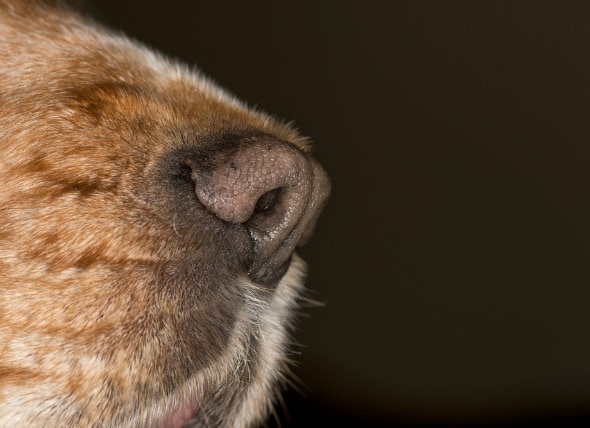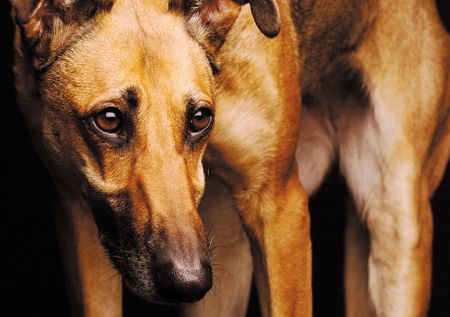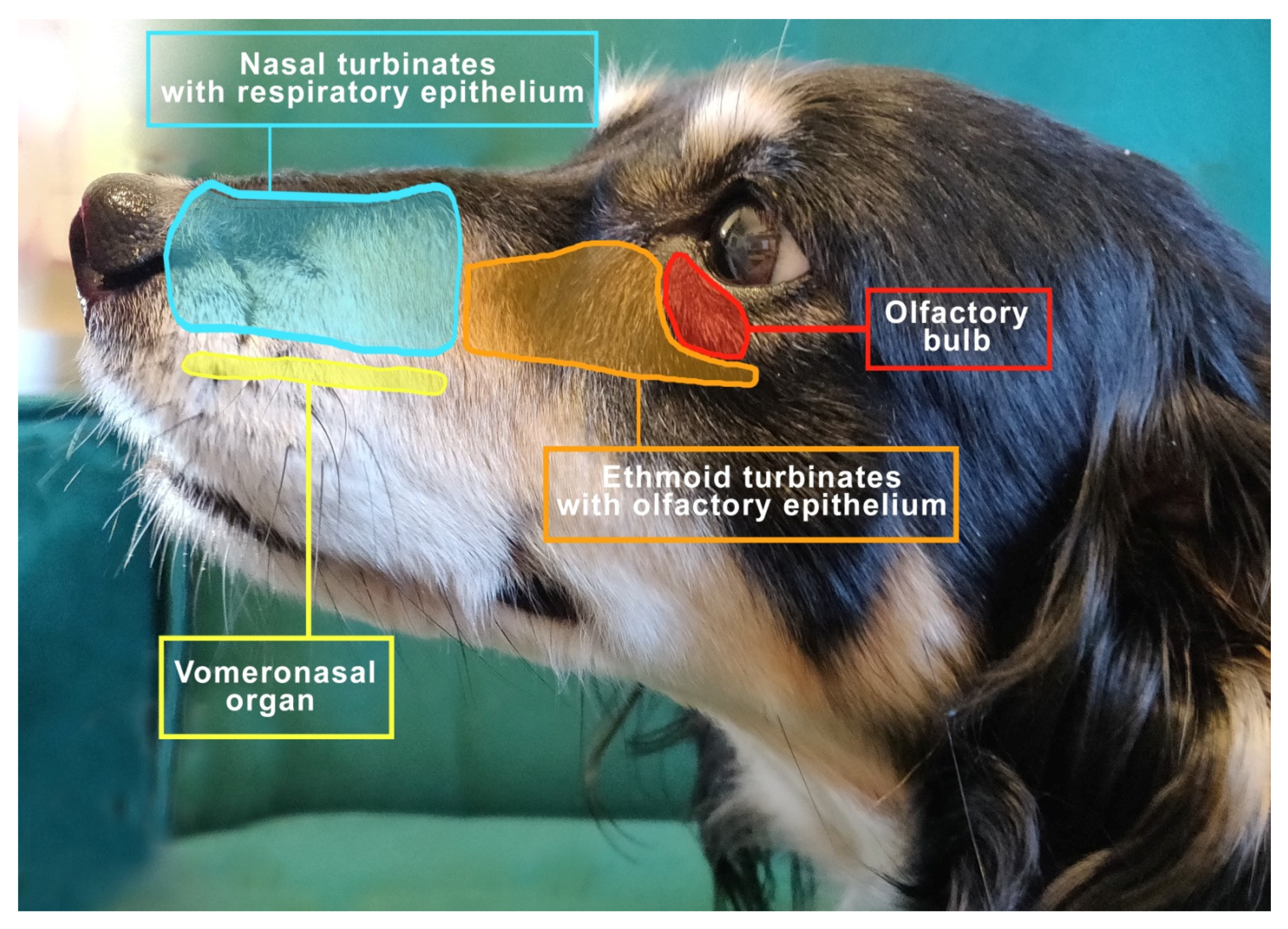Your Dog nasal cancer symptoms images are ready in this website. Dog nasal cancer symptoms are a topic that is being searched for and liked by netizens now. You can Find and Download the Dog nasal cancer symptoms files here. Find and Download all royalty-free photos and vectors.
If you’re looking for dog nasal cancer symptoms images information related to the dog nasal cancer symptoms keyword, you have visit the ideal blog. Our website always gives you hints for downloading the maximum quality video and image content, please kindly hunt and find more informative video content and graphics that fit your interests.
Dog Nasal Cancer Symptoms. It is thought that long-nosed breed dogs living in urban environments are at higher risk for the development of nasal tumors. Nasal tumors are seen less commonly in cats and are more frequently seen in older animals. What are the clinical signs of nasal tumors. Nasal discharge is the most common clinical sign of a nasal tumor.
 Nasal Tumors In Dogs A Helpful Guide Canna Pet From canna-pet.com
Nasal Tumors In Dogs A Helpful Guide Canna Pet From canna-pet.com
Dyspnea shortness of breath Stertorous breathing labored noisy breathing Anorexia. Neurological signs eg seizures sudden onset of blindness. Clinical symptoms of canine nasal tumors may include. Common clinical signs at presentation include epistaxis mucopurulent nasal discharge facial deformity unwillingness to open the mouth sneezing dyspnoea stertorous breathing exophthalmos and ocular discharge. Out of that 25 of dogs with nasal tumors 80 are diagnosed to be malignant cancerous. The average duration of symptoms before diagnosis is 3 months and include bleeding from the nose nasal discharge facial deformity from bone erosion and tumor growth sneezing difficulty breathing or eye discharge due to tumor.
This may lead to a wheezing sound while he breathes or to a rough cough that occurs periodically.
Specific signs will depend on where the tumor is located and may include a swollen paw eye discharge or sores in the mouth. Some pets especially cats will develop facial deformities as the tumor grows. What are the clinical signs of nasal tumors. Nose cancer accounts for 25 percent of canine tumors. Common clinical signs at presentation include epistaxis mucopurulent nasal discharge facial deformity unwillingness to open the mouth sneezing dyspnoea stertorous breathing exophthalmos and ocular discharge. Other severe respiratory symptoms may also appear including signs of cough hurdled or difficulty breathing and generalized loss of body conditions are noted.
 Source: pinterest.com
Source: pinterest.com
Unilateral nasal andor ocular discharge Epistaxis Stridor Loss of smell Loose teeth Sometimes pawing at the face Late-stage signs may include a facial deformity along the dorsal aspect of the maxillary bones or over the paranasal and frontal sinuses. Take note also if your pet appears to tire or have difficulty breathing after a. Cry out be reluctant to eat or shy away from contact with the family. Understandably then a dog with a nasal cancer can experience head pain. Out of that 25 of dogs with nasal tumors 80 are diagnosed to be malignant cancerous.
 Source: pinterest.com
Source: pinterest.com
Nasal adenocarcinoma is the most common type of nasal cancer in dogs but types like nasal lymphomas sarcomas squamous cell carcinomas undifferentiated carcinomas mast cell tumors and chondrosarcoma are possible. Nasal cancer in dogs is a tumor that develops due to the uncontrolled growth of the cells lining the dogs nasal cavity nasal passages or sinuses. Signs and Symptoms of Nose Cancer in Dogs Nasal discharge. The discharge may contain mucous. Common clinical signs at presentation include epistaxis mucopurulent nasal discharge facial deformity unwillingness to open the mouth sneezing dyspnoea stertorous breathing exophthalmos and ocular discharge.
 Source: youtube.com
Source: youtube.com
In some cases facial asymmetry may be observed especially if the tumor is locally aggressive and invasive. Epistaxis bloody nasal discharge Mucous or pus in nasal discharge. Common clinical signs at presentation include epistaxis mucopurulent nasal discharge facial deformity unwillingness to open the mouth sneezing dyspnoea stertorous breathing exophthalmos and ocular discharge. Along with a runny nose excessive sneezing is another common sign. In this article we will look at nasal tumours or cancer of the nose in dogs covering the type of cancer that causes tumours of the nose the symptoms of such cancers and what can be done about them.
 Source: petmd.com
Source: petmd.com
Clinical Signs Of Nasal Passage The early signs of nasal cancer in dogs or cats are. Nasal cancer in dogs is a tumor that develops due to the uncontrolled growth of the cells lining the dogs nasal cavity nasal passages or sinuses. Along with a runny nose excessive sneezing is another common sign. The most common symptoms seen in dogs and cats with nasal tumors include nasal discharge excessive sneezing and nose bleeding epistaxis. Clinical Signs Of Nasal Passage The early signs of nasal cancer in dogs or cats are.
 Source: petmd.com
Source: petmd.com
Melanomas in dogs tend to affect the mouth and lips and they can also be found on their nail beds footpads and eyes. Dogs with nasal tumors occasional suffer from difficulty breathing. Symptoms of Nasal Cancer in Dogs Symptoms may be different depending on the location and size of the growth. Symptoms may include the following. Epistaxis bloody nasal discharge Mucous or pus in nasal discharge.
 Source: dvm360.com
Source: dvm360.com
Most pets with nasal tumors have a nasal discharge usually pus-like or streaked with blood from one or both nostrils noisy breathing from airflow obstruction coughing lethargy and weight loss. Cry out be reluctant to eat or shy away from contact with the family. Bleeding from one or both nostrils. It is thought that long-nosed breed dogs living in urban environments are at higher risk for the development of nasal tumors. This may lead to a wheezing sound while he breathes or to a rough cough that occurs periodically.
 Source: innovetpet.com
Source: innovetpet.com
Top best answers to the question What are the symptoms of nasal cancer in dogs Answered by Gunnar Hessel on Fri Mar 26 2021 118 PM Symptoms of Nose Cancer in Dogs. The discharge may contain mucous. Understandably then a dog with a nasal cancer can experience head pain. Nasal adenocarcinoma is the most common type of nasal cancer in dogs but types like nasal lymphomas sarcomas squamous cell carcinomas undifferentiated carcinomas mast cell tumors and chondrosarcoma are possible. Symptoms of Nose Cancer in Dogs Epistaxis bloody nasal discharge Mucous or pus in nasal discharge Sneezing Dyspnea shortness of breath Stertorous breathing labored noisy breathing Anorexia Seizures Facial deformity Visible pain around nose Excessive ocular discharge.
 Source: mdpi.com
Source: mdpi.com
Most pets with nasal tumors have a nasal discharge usually pus-like or streaked with blood from one or both nostrils noisy breathing from airflow obstruction coughing lethargy and weight loss. Along with a runny nose excessive sneezing is another common sign. This may lead to a wheezing sound while he breathes or to a rough cough that occurs periodically. Clinical Signs Of Nasal Passage The early signs of nasal cancer in dogs or cats are. Dyspnea shortness of breath Stertorous breathing labored noisy breathing Anorexia.
 Source: petcureoncology.com
Source: petcureoncology.com
Take note also if your pet appears to tire or have difficulty breathing after a. Cry out be reluctant to eat or shy away from contact with the family. In this article we will look at nasal tumours or cancer of the nose in dogs covering the type of cancer that causes tumours of the nose the symptoms of such cancers and what can be done about them. Clinical signs are progressive and often temporarily alleviated by antibiotics and anti-inflammatories. Neurological signs eg seizures sudden onset of blindness.
 Source: firstvet.com
Source: firstvet.com
In this article we will look at nasal tumours or cancer of the nose in dogs covering the type of cancer that causes tumours of the nose the symptoms of such cancers and what can be done about them. Symptoms the clinical signs include abnormal nasal discharge epistaxis bleeding from the nose epiphora overflow of tears onto the face bizarre sneezing may be 10-12 times in a row halitosis bad breath anorexia symptom of poor appetite facial deformity exophthalmia bulging eye and seizures secondary to aggressive tumors. The most common symptoms seen in dogs and cats with nasal tumors include nasal discharge excessive sneezing and nose bleeding epistaxis. In some cases facial asymmetry may be observed especially if the tumor is locally aggressive and invasive. What are the symptoms of nasal cavity tumors in dogs.
 Source: pinterest.com
Source: pinterest.com
Melanomas in dogs tend to affect the mouth and lips and they can also be found on their nail beds footpads and eyes. A history of the condition clinical symptoms and elimination of other possible nasal abnormalities can help in. Clinical Signs Of Nasal Passage The early signs of nasal cancer in dogs or cats are. A nasal tumor that is lodged lower in the nasal passageways may partially constrict the air supply that your dog can take in as he breathes. This may lead to a wheezing sound while he breathes or to a rough cough that occurs periodically.
 Source: pinterest.com
Source: pinterest.com
Take note also if your pet appears to tire or have difficulty breathing after a. Specific signs will depend on where the tumor is located and may include a swollen paw eye discharge or sores in the mouth. Some pets especially cats will develop facial deformities as the tumor grows. Symptoms the clinical signs include abnormal nasal discharge epistaxis bleeding from the nose epiphora overflow of tears onto the face bizarre sneezing may be 10-12 times in a row halitosis bad breath anorexia symptom of poor appetite facial deformity exophthalmia bulging eye and seizures secondary to aggressive tumors. Nasal tumors are seen less commonly in cats and are more frequently seen in older animals.
 Source: canna-pet.com
Source: canna-pet.com
Symptoms may include the following. A history of the condition clinical symptoms and elimination of other possible nasal abnormalities can help in. Bleeding from one or both nostrils. More about nasal tumours or cancer of the nose in dogs. Nose cancer accounts for 25 percent of canine tumors.
 Source: youtube.com
Source: youtube.com
Your dogs nose is constructed of two separate chambers composed of bones and. Symptoms of Nasal Cancer in Dogs Symptoms may be different depending on the location and size of the growth. Read on to learn more. The average duration of symptoms before diagnosis is 3 months and include bleeding from the nose nasal discharge facial deformity from bone erosion and tumor growth sneezing difficulty breathing or eye discharge due to tumor. Dogs with nasal tumors occasional suffer from difficulty breathing.
 Source: pinterest.com
Source: pinterest.com
Specific signs will depend on where the tumor is located and may include a swollen paw eye discharge or sores in the mouth. Symptoms the clinical signs include abnormal nasal discharge epistaxis bleeding from the nose epiphora overflow of tears onto the face bizarre sneezing may be 10-12 times in a row halitosis bad breath anorexia symptom of poor appetite facial deformity exophthalmia bulging eye and seizures secondary to aggressive tumors. The average duration of symptoms before diagnosis is 3 months and include bleeding from the nose nasal discharge facial deformity from bone erosion and tumor growth sneezing difficulty breathing or eye discharge due to tumor. This may lead to a wheezing sound while he breathes or to a rough cough that occurs periodically. Symptoms of Nasal Cancer in Dogs Symptoms may be different depending on the location and size of the growth.
This site is an open community for users to share their favorite wallpapers on the internet, all images or pictures in this website are for personal wallpaper use only, it is stricly prohibited to use this wallpaper for commercial purposes, if you are the author and find this image is shared without your permission, please kindly raise a DMCA report to Us.
If you find this site good, please support us by sharing this posts to your own social media accounts like Facebook, Instagram and so on or you can also bookmark this blog page with the title dog nasal cancer symptoms by using Ctrl + D for devices a laptop with a Windows operating system or Command + D for laptops with an Apple operating system. If you use a smartphone, you can also use the drawer menu of the browser you are using. Whether it’s a Windows, Mac, iOS or Android operating system, you will still be able to bookmark this website.






